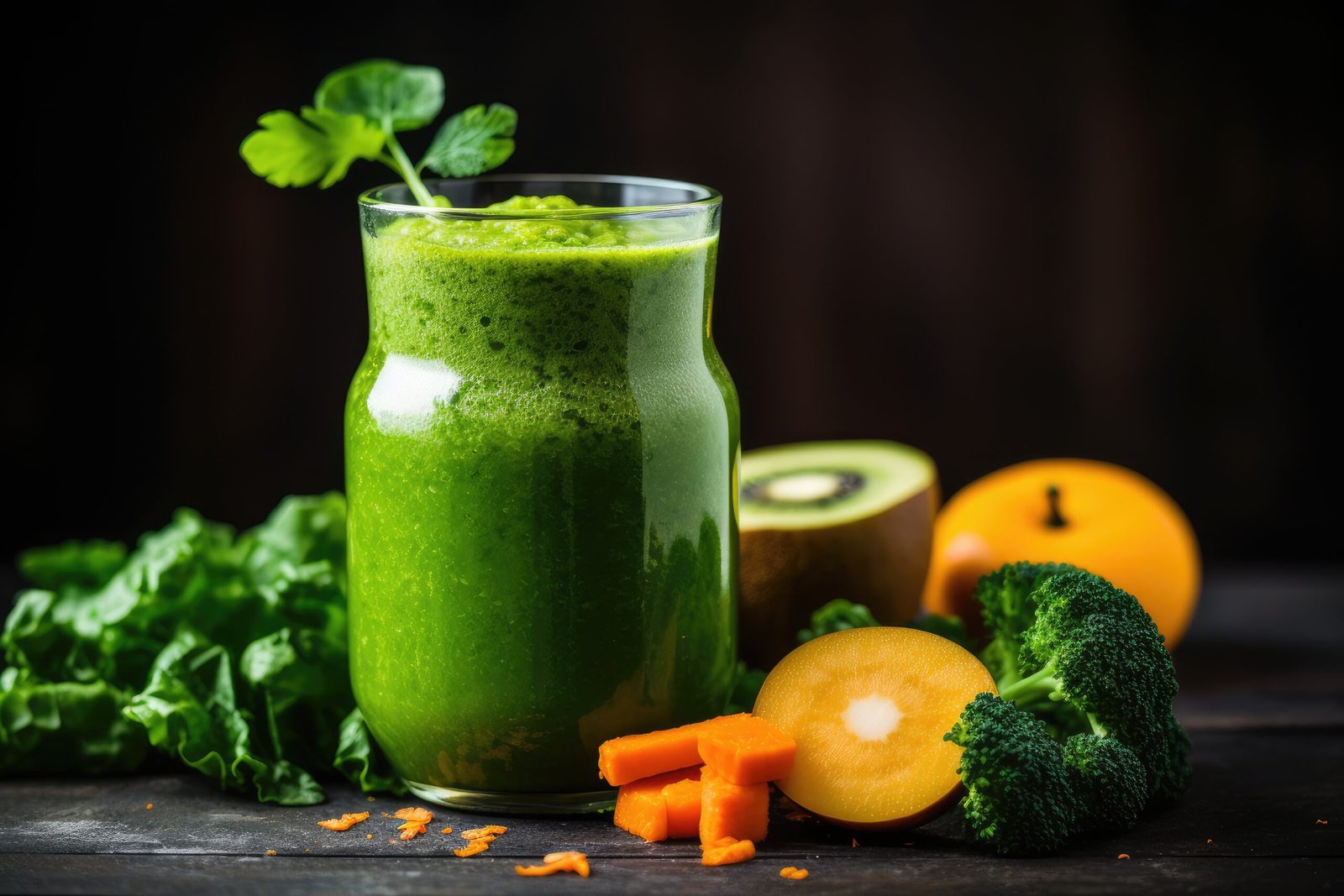How to Manage Anxiety: Practical Tips for Everyday Life
Ever feel like your heart is racing a million miles an hour, your palms are sweaty, and your mind is spinning with a thousand “what-ifs”? Yeah, that’s anxiety, and let me tell you, it’s about as fun as a pop quiz in math class (spoiler alert: not fun at all). But here’s the thing – anxiety is super common, especially for us teens. The good news? There are tons of ways to manage it and keep those anxious feelings from taking over your life.
Now, I’m not saying these tips will magically make your anxiety disappear (wouldn’t that be nice?), but they can definitely help you feel more in control when those anxious thoughts start creeping in. So, let’s dive into some practical ways to manage anxiety in everyday life. Trust me, your future self will thank you for learning these skills now!

Take a Deep Breath (No, Seriously)
I know, I know, everyone always says “just breathe” when you’re freaking out, and it can feel kind of annoying. But hear me out – deep breathing actually works! When you’re anxious, your breathing gets shallow and fast, which only makes you feel more panicked. By taking slow, deep breaths, you’re telling your body to chill out. Try this: breathe in for 4 counts, hold for 4, then breathe out for 4. Do this a few times whenever you’re feeling anxious, and you’ll be amazed at how much calmer you feel.

Get Moving
Exercise might be the last thing you want to do when you’re feeling anxious, but trust me, it can work wonders. When you exercise, your body releases these awesome chemicals called endorphins that help boost your mood and reduce stress. Plus, focusing on your body and your movements can help distract you from anxious thoughts. It doesn’t have to be anything intense – even a quick walk around the block or a dance party in your room can help.

Write It Out
Sometimes, the thoughts in our heads can feel like a tangled mess of worries. Writing them down can help you make sense of what you’re feeling and even spot patterns in your anxiety. Keep a journal where you can jot down your thoughts and feelings. You might be surprised at how much clearer things seem when they’re on paper. Plus, looking back at old entries can help you see how you’ve overcome anxious moments in the past.

Practice Mindfulness
Mindfulness is just a fancy way of saying “pay attention to the present moment.” When we’re anxious, we’re often worrying about the future or dwelling on the past. Mindfulness helps bring us back to the here and now. Try this: take a moment to notice five things you can see, four things you can touch, three things you can hear, two things you can smell, and one thing you can taste. This simple exercise can help ground you when anxiety strikes.

Talk It Out
Sometimes, keeping our worries bottled up inside only makes them feel bigger and scarier. Talking to someone you trust – whether it’s a friend, parent, teacher, or counselor – can help you process your feelings and get a fresh perspective. Remember, asking for help isn’t a sign of weakness – it’s actually super brave and smart. And hey, chances are the person you talk to has dealt with anxiety too.

Challenge Your Thoughts
Anxiety often comes with a lot of negative, “worst-case scenario” thinking. But here’s the thing – just because we think something, doesn’t mean it’s true. Try to challenge those anxious thoughts. Ask yourself: Is this thought realistic? What evidence do I have for and against it? What would I tell a friend who had this thought? Sometimes, just questioning our anxious thoughts can help take away some of their power.

Create a Worry Time
This might sound weird, but setting aside a specific time to worry can actually help reduce anxiety overall. Pick a 15-30 minute block each day where you allow yourself to focus on your worries. When anxious thoughts pop up at other times, remind yourself that you can think about them during your designated worry time. This can help you feel more in control and keep anxiety from taking over your whole day.

Limit Caffeine and Sugar
I know, I know, that energy drink or candy bar might seem like just the thing to perk you up when you’re feeling stressed. But too much caffeine and sugar can actually make anxiety worse. They can make you feel jittery and on edge, which is the last thing you need when you’re already anxious. Try to stick to water, herbal tea, and balanced snacks instead.

Get Enough Sleep
When we’re tired, everything feels harder to deal with – including anxiety. Try to get into a good sleep routine. Go to bed and wake up at the same time each day, even on weekends. Avoid screens for at least an hour before bed (I know, easier said than done), and try to create a calm, cozy sleep environment. Your anxious mind will thank you for the rest.

Use Positive Self-Talk
The way we talk to ourselves can have a big impact on our anxiety levels. Instead of beating yourself up or focusing on what could go wrong, try to use positive, encouraging self-talk. It might feel weird at first, but with practice, it can become a habit. For example, instead of thinking “I can’t handle this,” try “I’ve gotten through tough situations before, and I can do it again.”

Try Progressive Muscle Relaxation
This is a cool technique where you tense and then relax different muscle groups in your body. It can help release physical tension (which often comes with anxiety) and help you feel more relaxed overall. Start with your toes and work your way up to your head, tensing each muscle group for a few seconds and then releasing. It’s like a mini massage you can give yourself anytime, anywhere.

Create a Anxiety Toolkit
Think of this like your personal emergency kit for dealing with anxiety. Fill a box (or a note on your phone) with things that help you feel calm and grounded. This could include a favorite book, a stress ball, a playlist of soothing music, some essential oils, or anything else that helps you relax. When anxiety hits, you’ll have a whole arsenal of coping tools at your fingertips.
Remember, managing anxiety is a skill, and like any skill, it takes practice. Don’t get discouraged if these techniques don’t work perfectly right away. The key is to keep trying and find what works best for you. And hey, even if you’re having a tough day, remember that you’re not alone. Tons of people deal with anxiety, and there’s absolutely no shame in it.

Also, while these tips can be super helpful for everyday anxiety, if you’re feeling overwhelmed or your anxiety is interfering with your daily life, it’s important to talk to a trusted adult or a mental health professional. They can provide additional support and strategies to help you manage your anxiety.
Anxiety might feel like a giant, scary monster sometimes, but with the right tools and support, you can totally learn to tame it. You’ve got this! And remember, even on your most anxious days, you’re still awesome, capable, and so much stronger than you think.

So next time those anxious feelings start creeping in, take a deep breath, pull out your anxiety toolkit, and remind yourself that you have the power to manage your anxiety. It might not always be easy, but it’s definitely possible. And hey, by learning these skills now, you’re setting yourself up for success not just in high school, but for the rest of your life. How cool is that?



















0 Comments